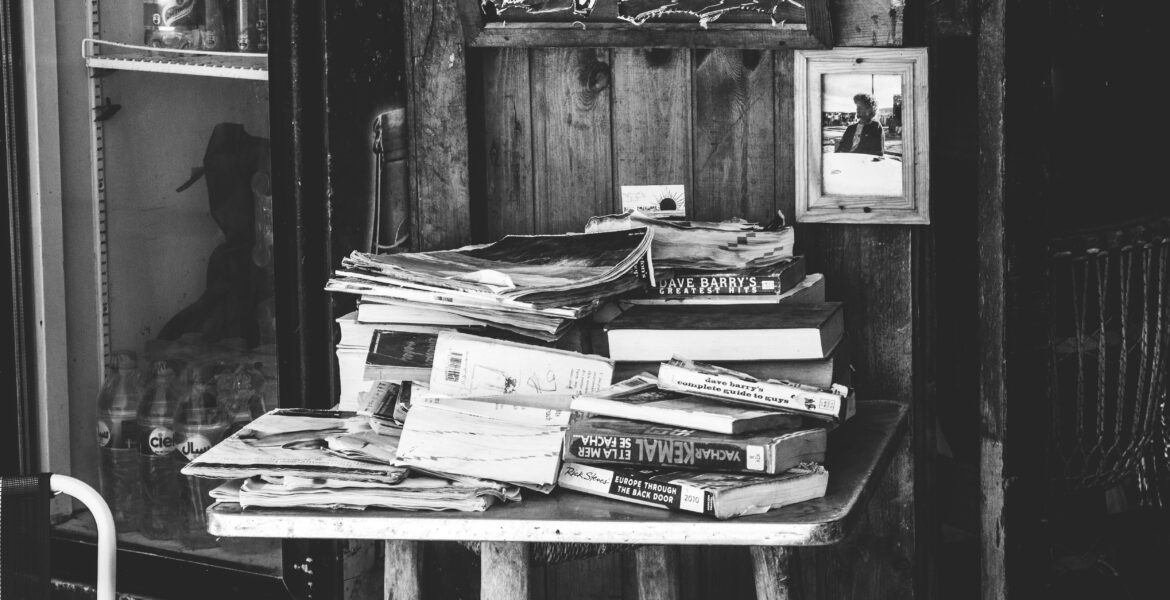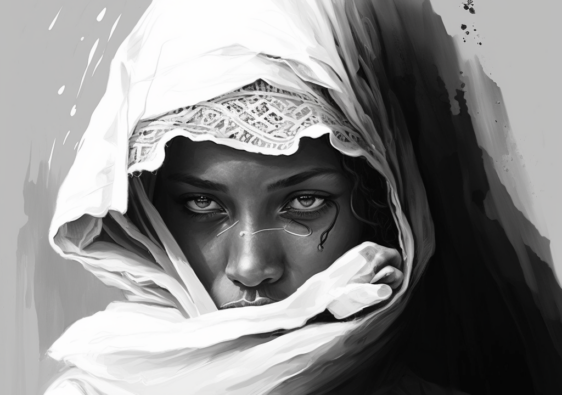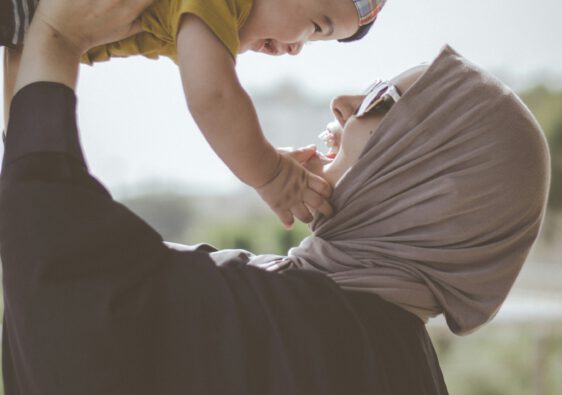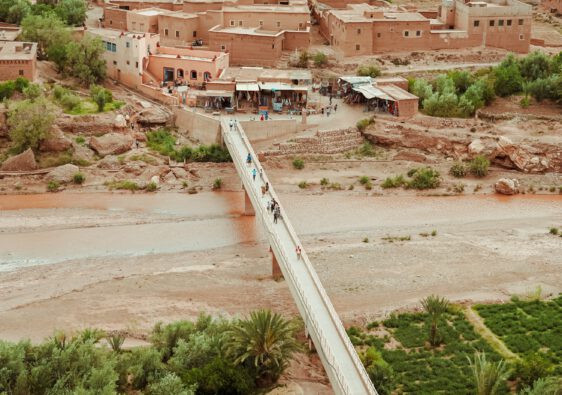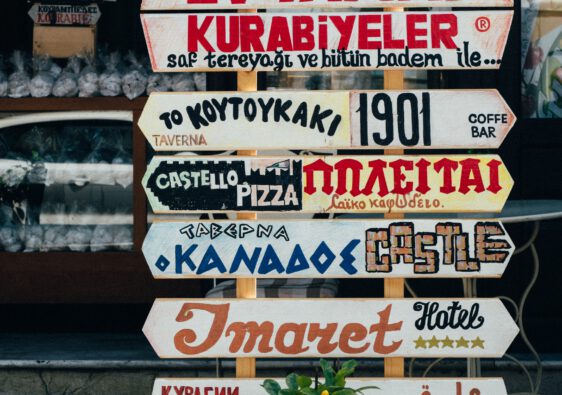In recent years, a contentious debate has swirled around this very topic. When I first broached the subject of Moroccan Darija, the responses ranged from overwhelmingly positive to a few skeptics. I am a staunch advocate for ignoring detractors, but I also firmly believe in considering the merit of constructive criticism and differing viewpoints.
A recurring question I’ve encountered is, “Are you suggesting we should abandon Standard Arabic or Fossha in favor of Moroccan Darija?” While I embrace healthy debate and remain unfazed by impassioned dissent, I do not subscribe to the notion of conflating religion and regionalism in an attempt to stifle discourse.
Perhaps it’s time to delve into this topic and address it definitively.
In the realm of education, language serves as more than a mere conduit for communication—it’s a vessel of culture, identity, and heritage.
However, this is not a matter of black and white; it’s a multifaceted issue that warrants a careful examination.
First and foremost, it’s essential to recognize that language is not the sole culprit in Morocco’s educational challenges. While it plays a role, broader issues encompass the quality of educational programs, the competence of educators, and parental involvement. These interconnected elements demand a holistic approach to uplift Morocco’s education system.
Standard Arabic, with its rich literary tradition, stands as a language of undeniable beauty. Learning it provides Moroccan students with a unique opportunity. Proficiency in Standard Arabic is also important for success in various professional spheres and participation in regional and international dialogues where it serves as the lingua franca.
Nonetheless, for many Moroccans, Moroccan Darija is the language of their homes and daily lives. Transitioning from Darija to Standard Arabic, especially for young learners, can be a daunting task. This linguistic gap can create a disconnect between the language of instruction in schools and that used in everyday conversations, potentially hindering the learning process.
The decision to prioritize Moroccan Darija or Standard Arabic in Moroccan schools isn’t merely linguistic; it’s strategic and political. It necessitates a comprehensive analysis considering long-term educational goals, cultural identity, and economic and social implications.
To explore potential solutions, we can also look to other countries that have successfully adopted mother tongue education. Finland, for instance, has been lauded for its comprehensive approach to teaching in the mother tongue, which has yielded excellent educational outcomes. This approach not only enhances students’ understanding but also preserves cultural and linguistic diversity.
One possible approach is to strike a balance by emphasizing proficiency in both languages. This would enable students to seamlessly switch between their native tongue, Moroccan Darija, and the formal Arabic language.
Bilingualism can be a powerful tool, fostering a deeper understanding of culture and expanding opportunities.
To succeed in this endeavor, substantial investments in teacher training and curriculum development are imperative. Teachers must be equipped with the necessary skills and resources.
In conclusion, the question of whether to encourage the teaching of Moroccan Darija alongside Standard Arabic in Moroccan schools is a multifaceted one. It’s not a matter of choosing one over the other, but rather finding a balanced approach that respects Morocco’s cultural heritage while preparing its youth for a globalized world. The path forward demands meticulous analysis, thoughtful planning, and a commitment to investing in both teachers and students, ensuring a brighter future for Moroccan education.


